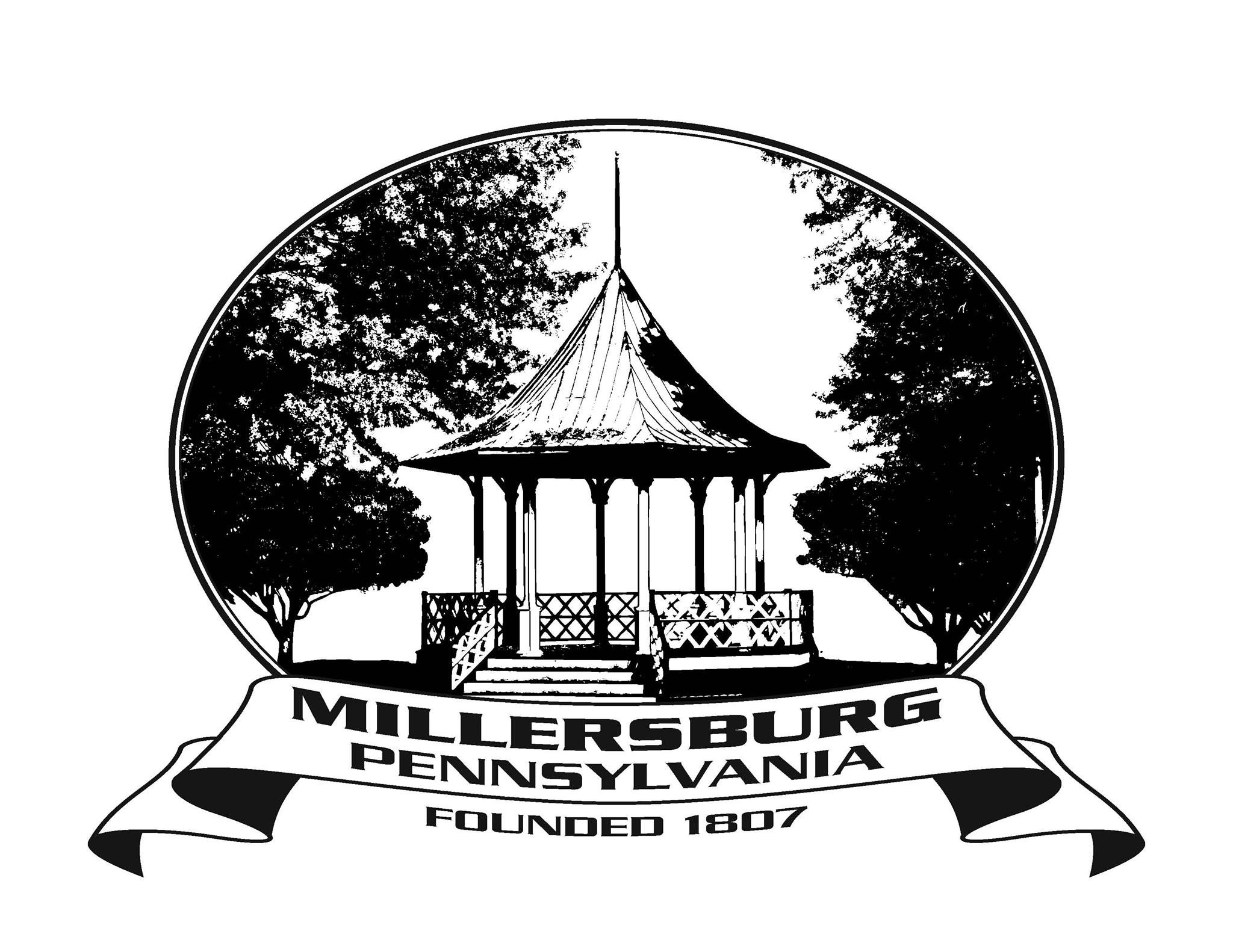Flood Plains
Millersburg Borough has a Flood Plain Management ordinance that governs new development in flood-prone areas. Any new development in a flood plain requires special permitting. This page is intended to give an overview of the issues related to flood plains and flooding. The following list of frequently asked questions will provide a general overview of the issues surrounding flood plains. If you have additional questions, you may contact the Borough Manager.
